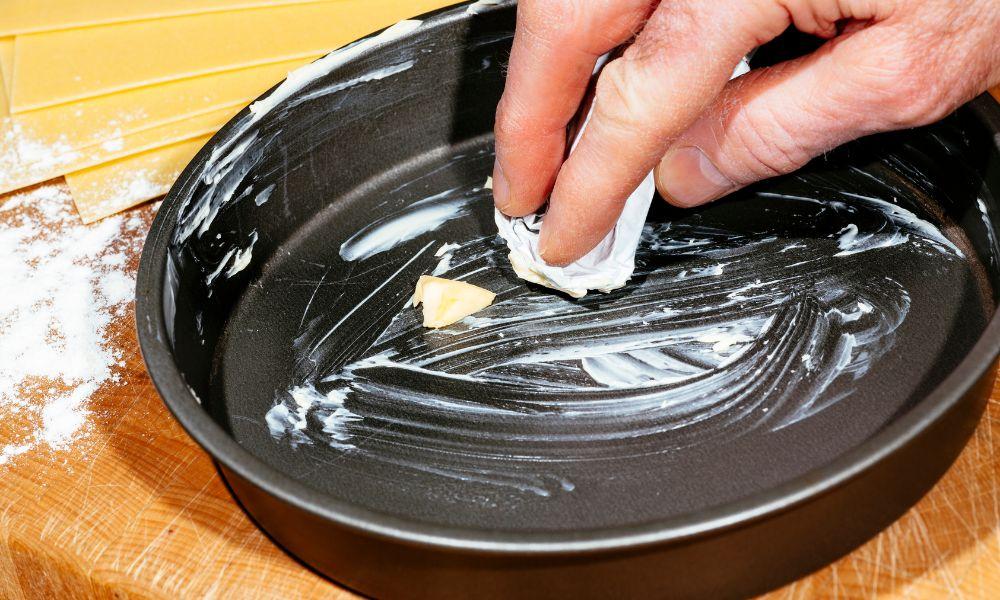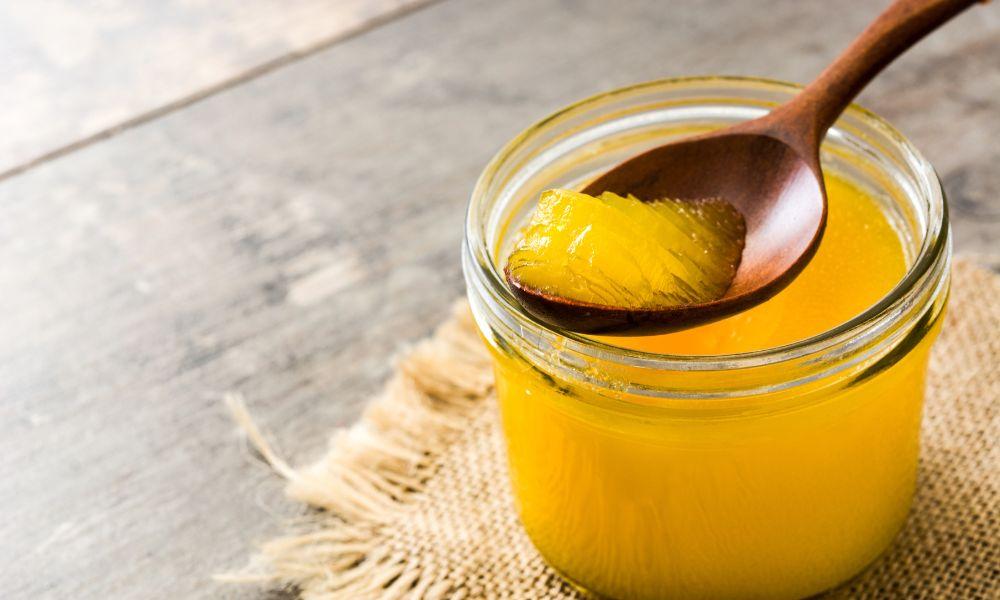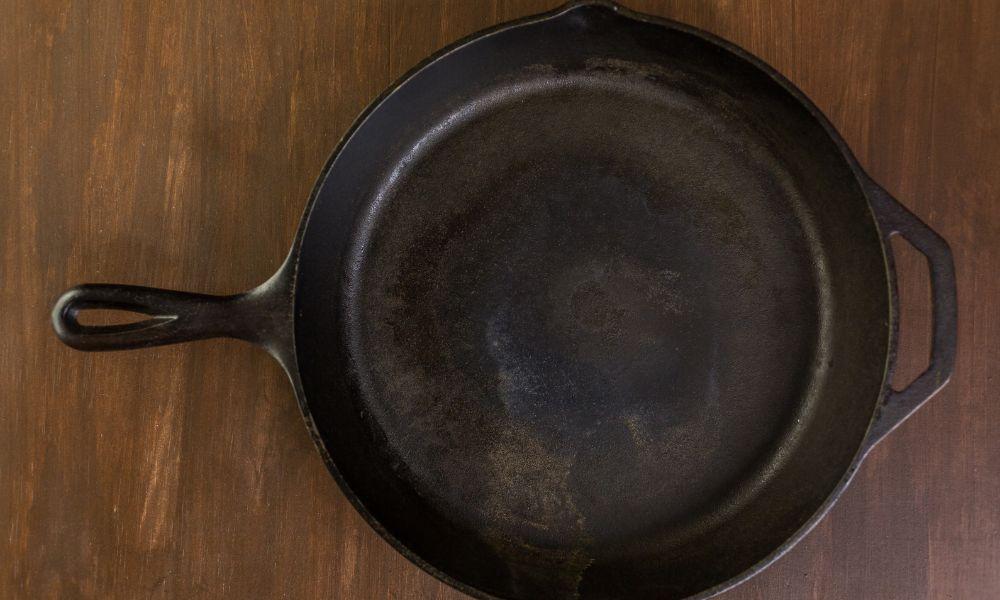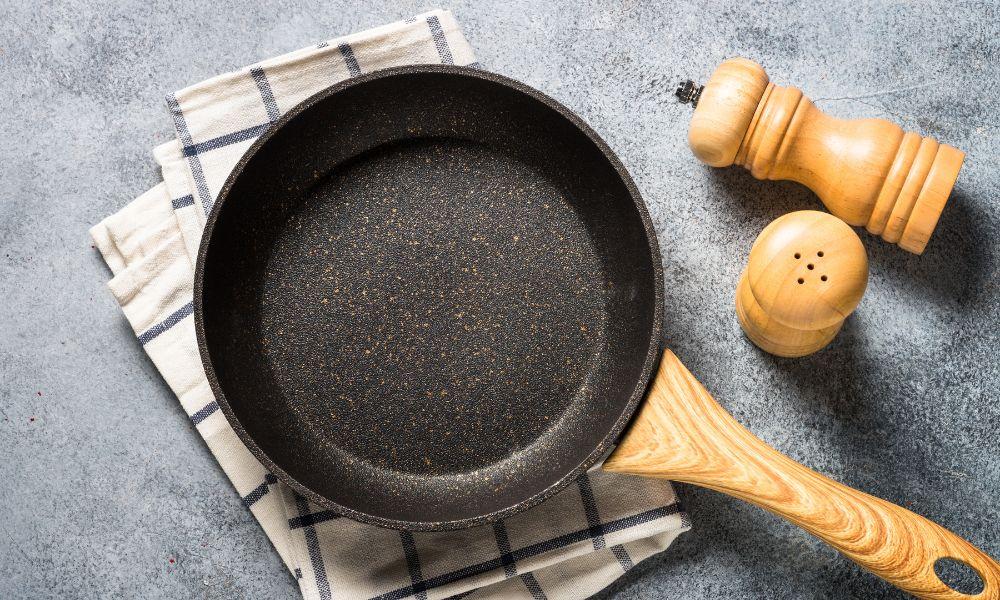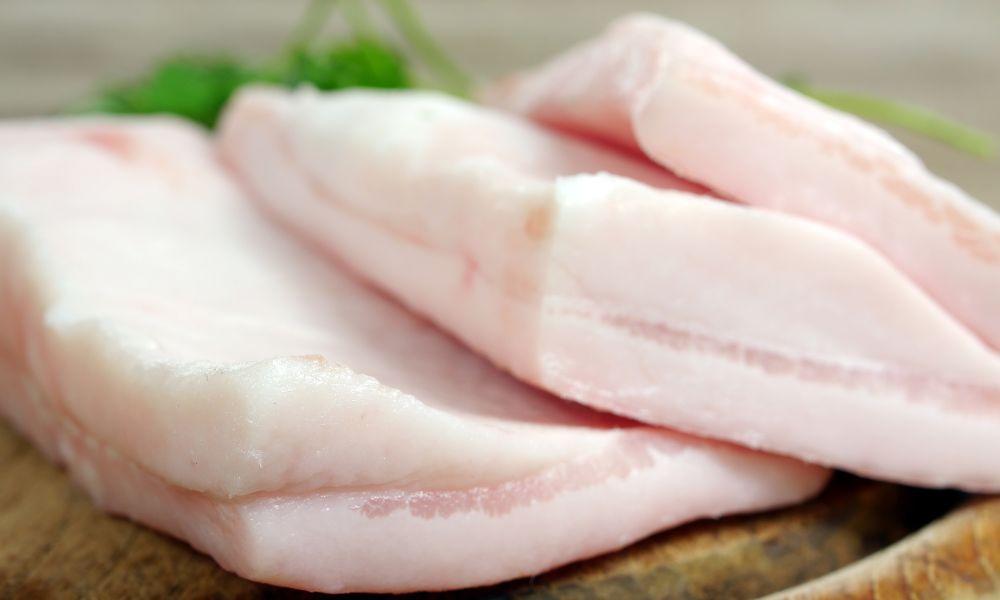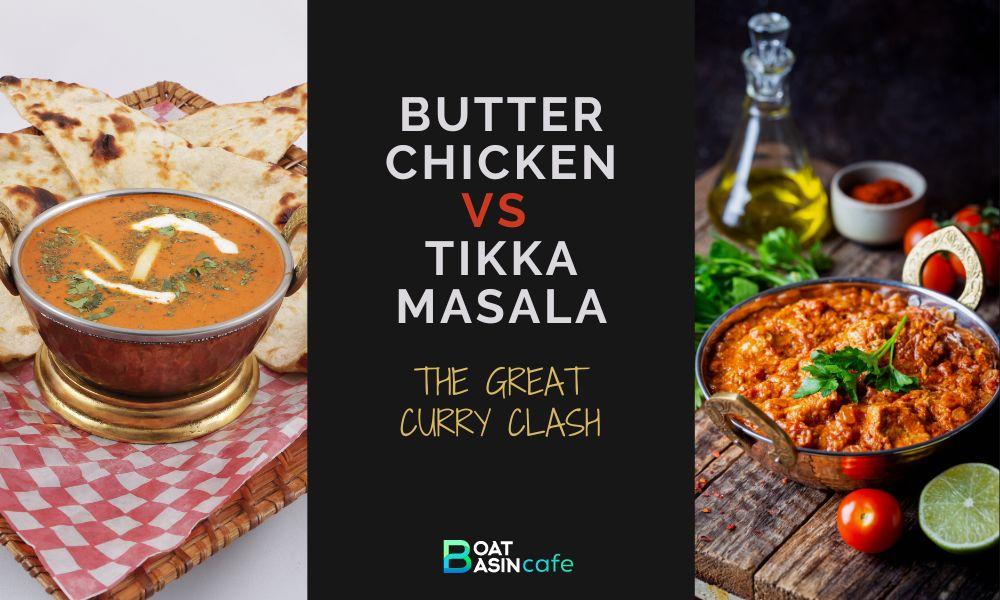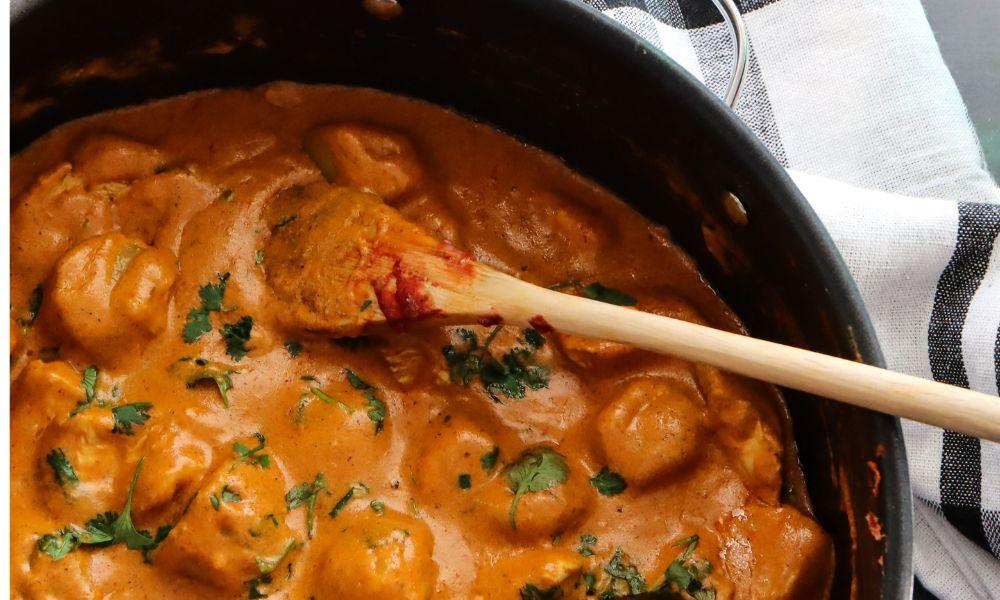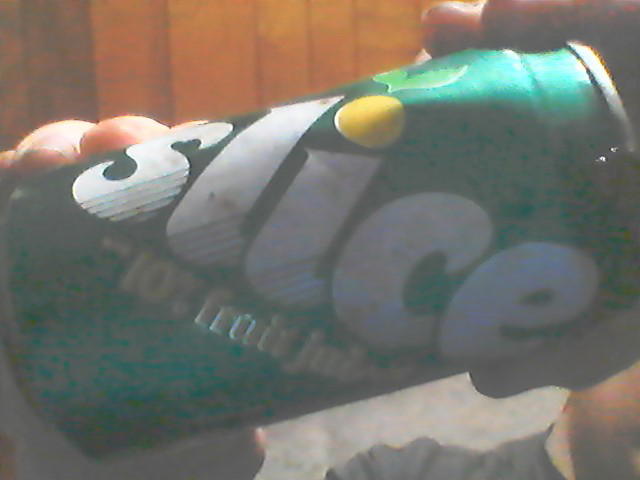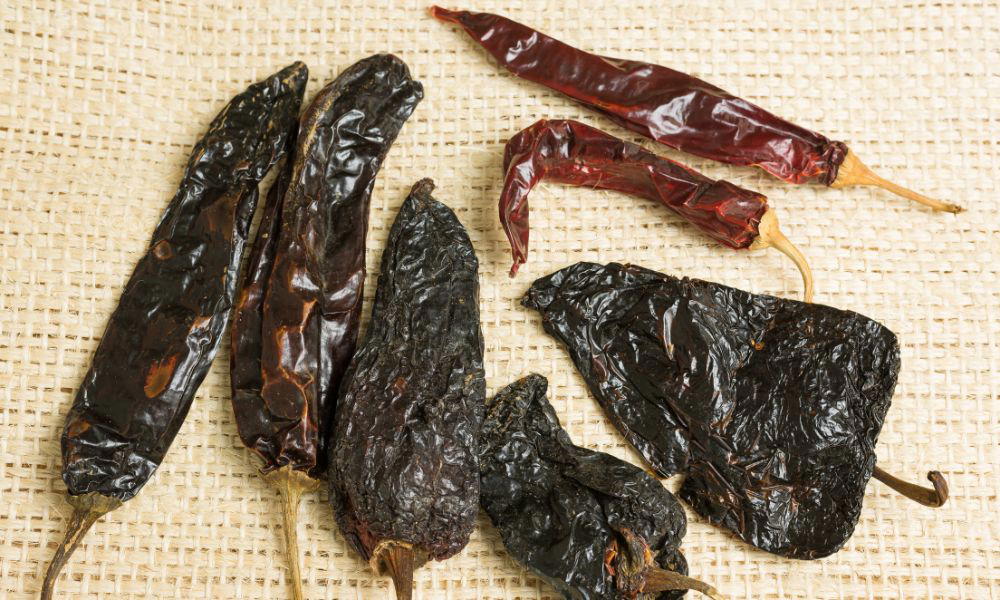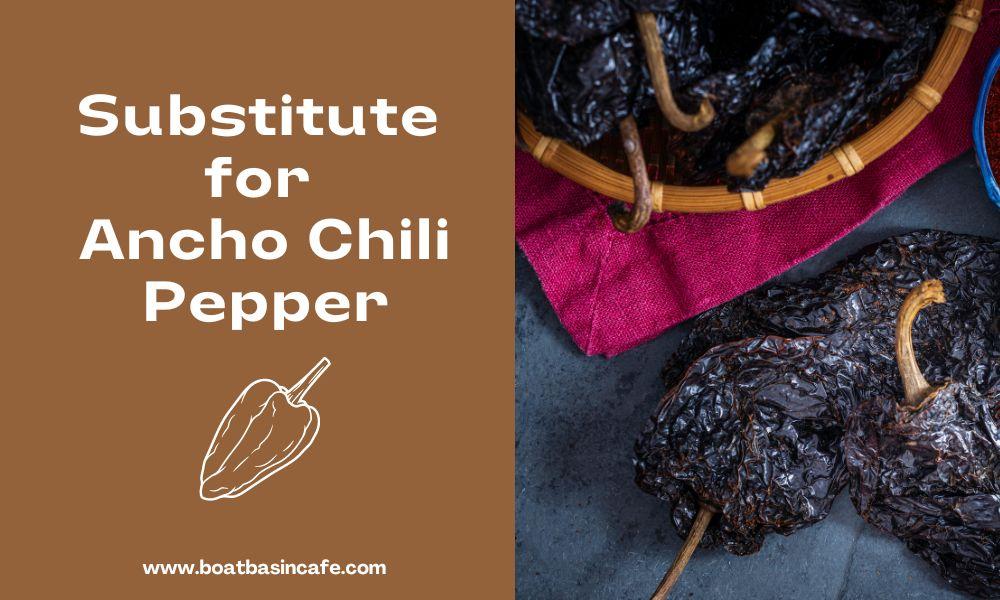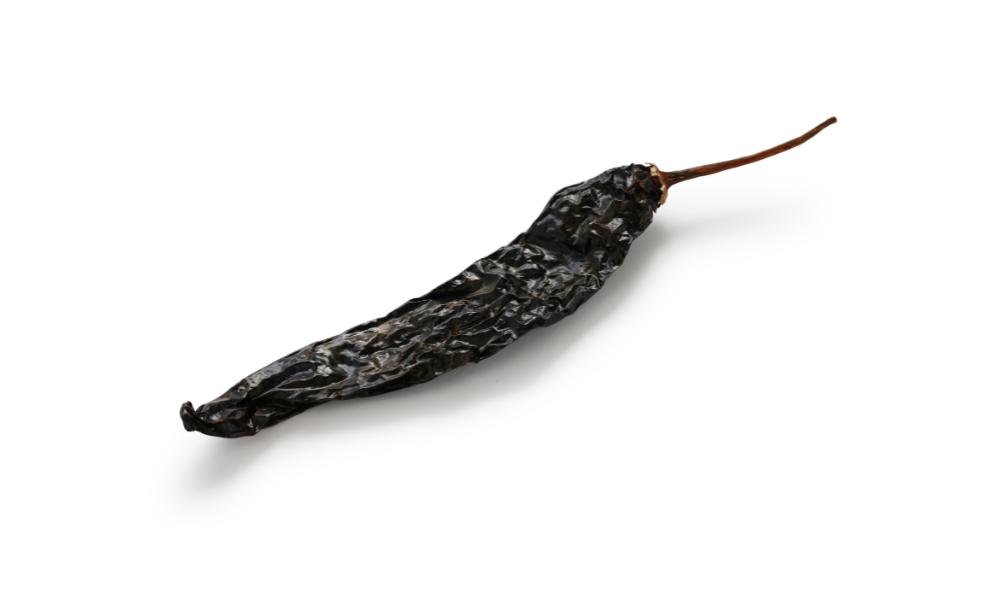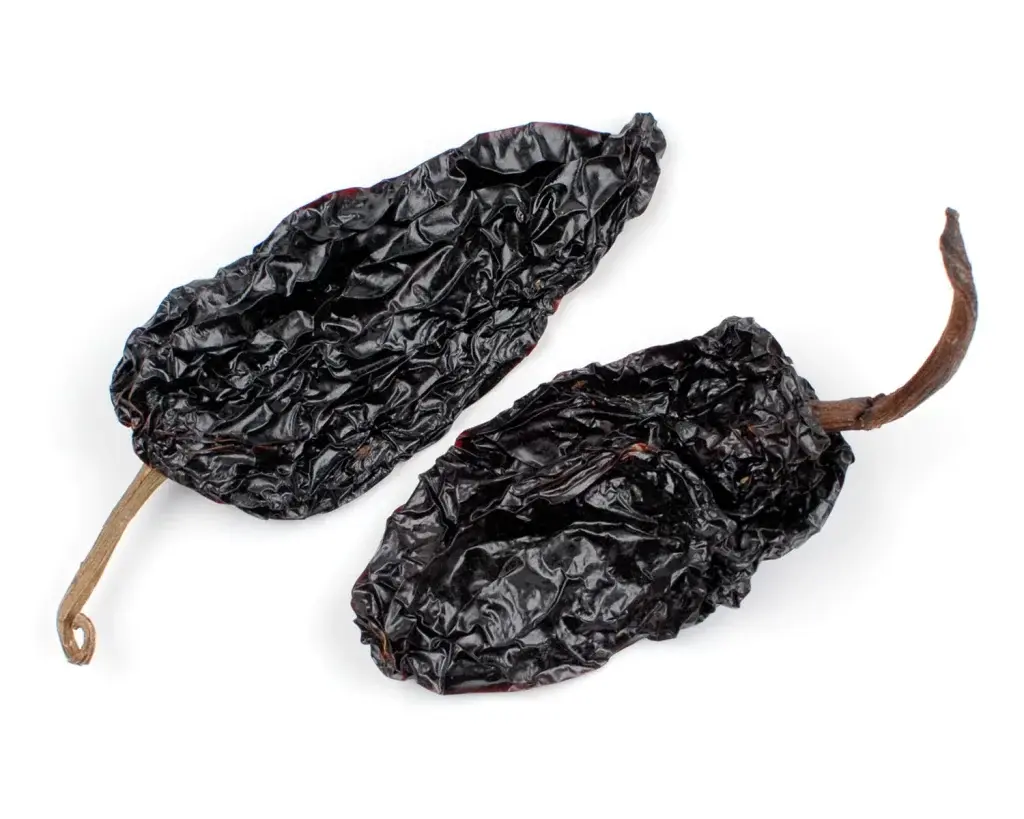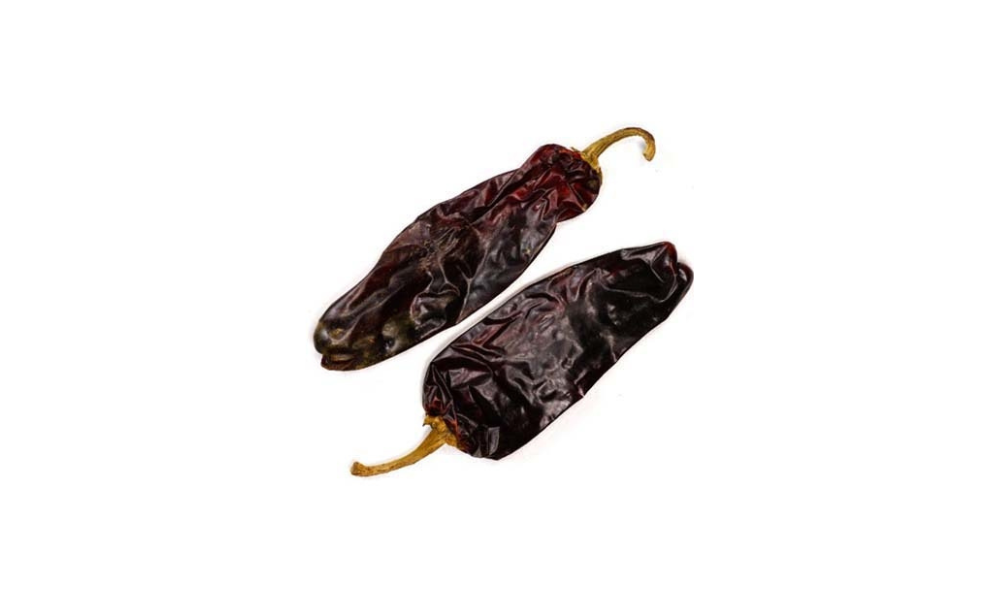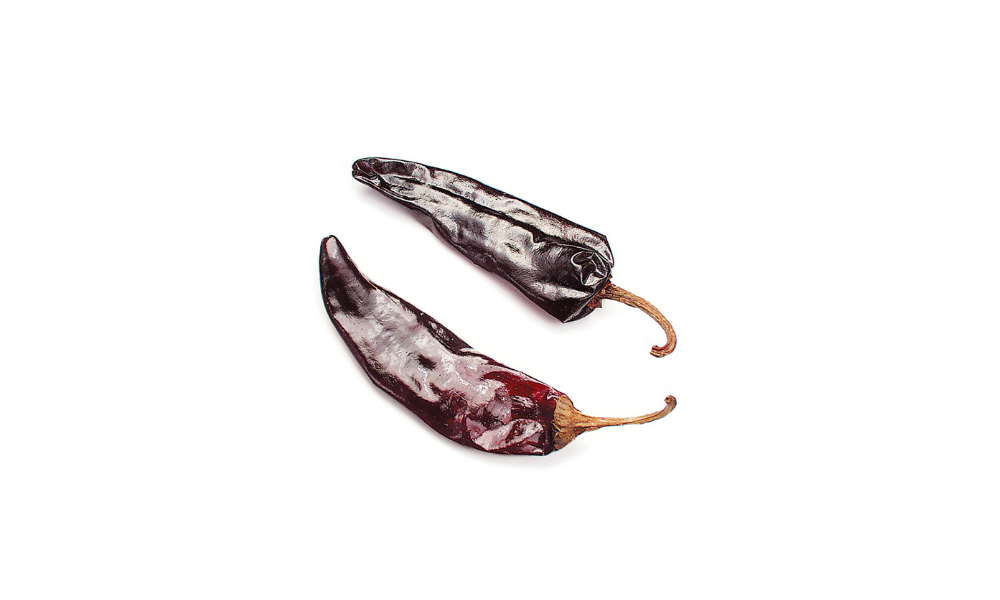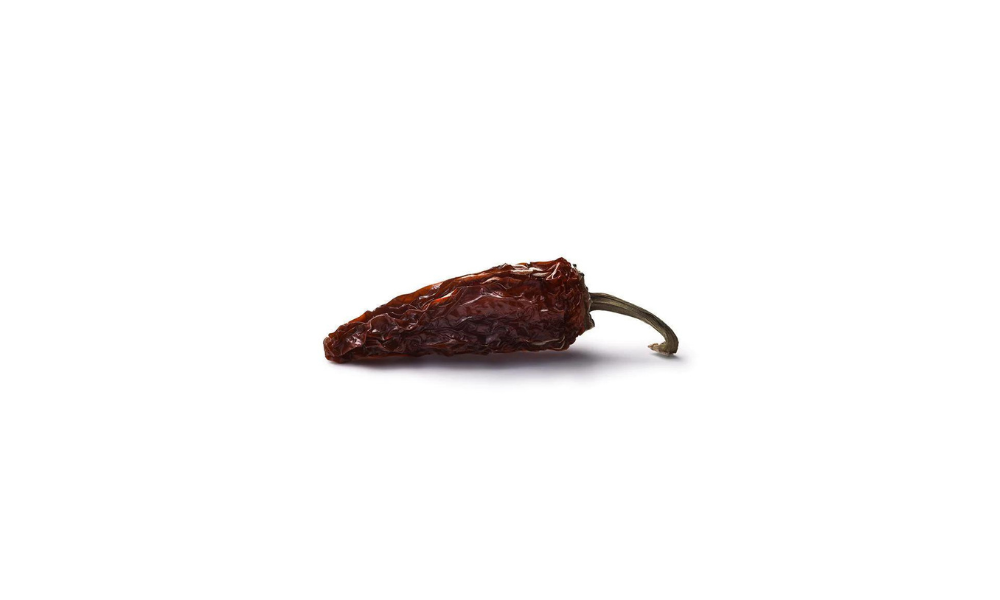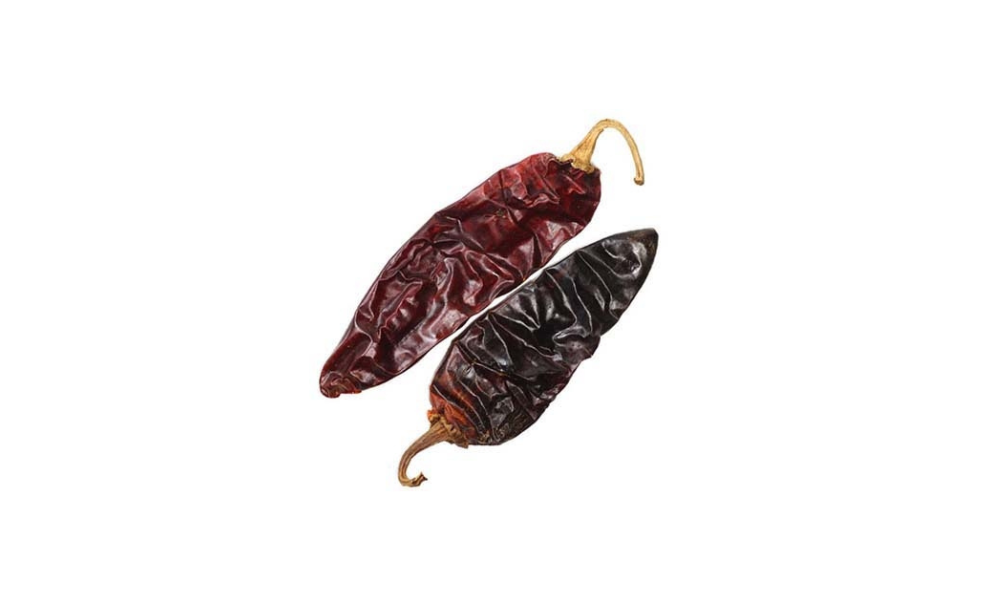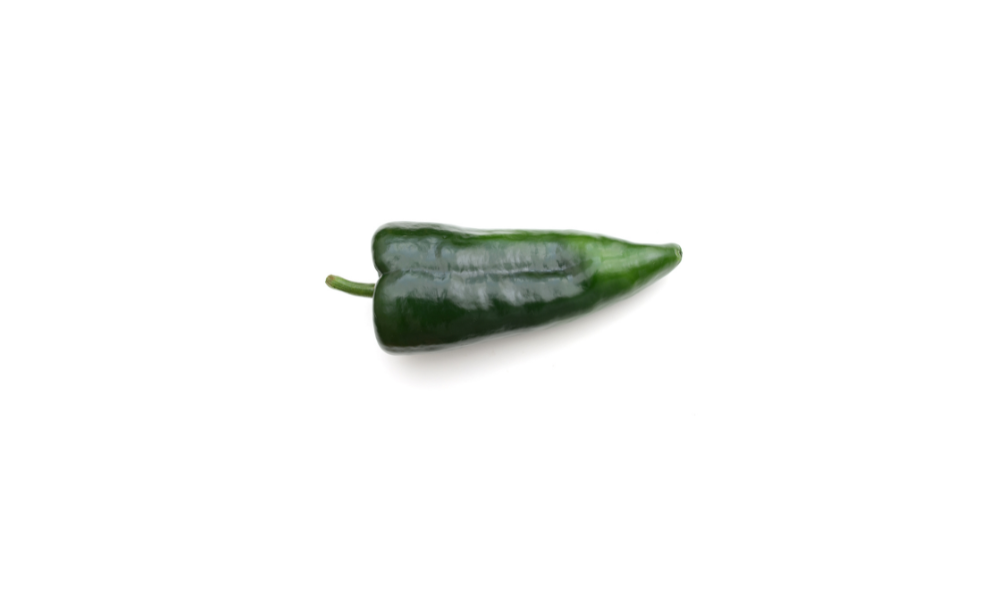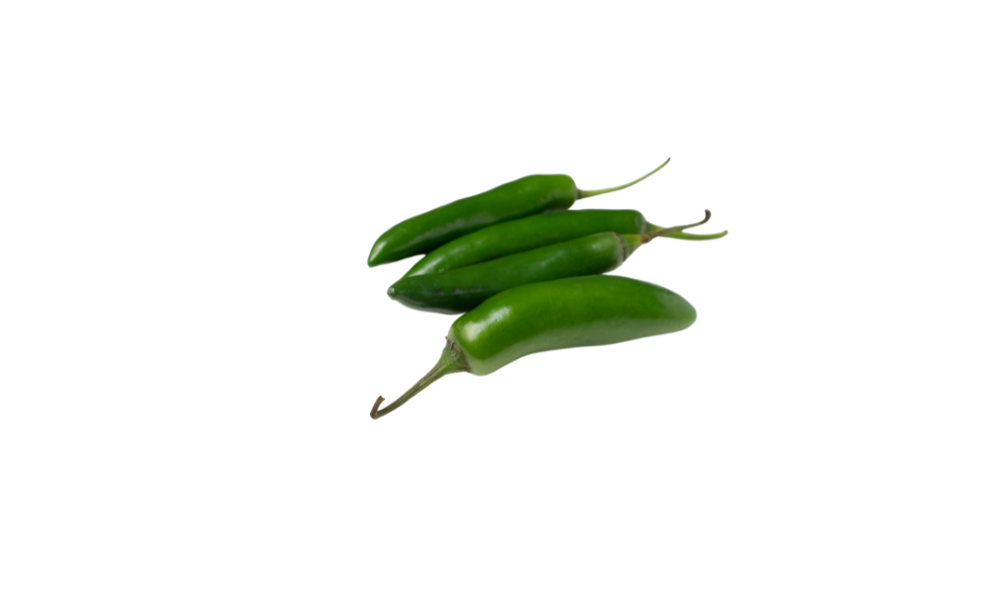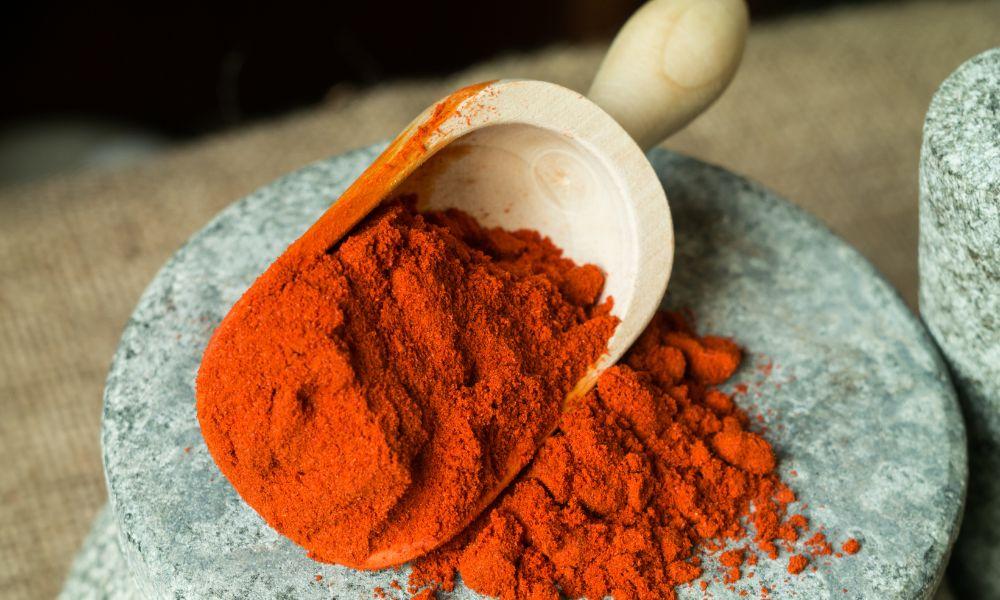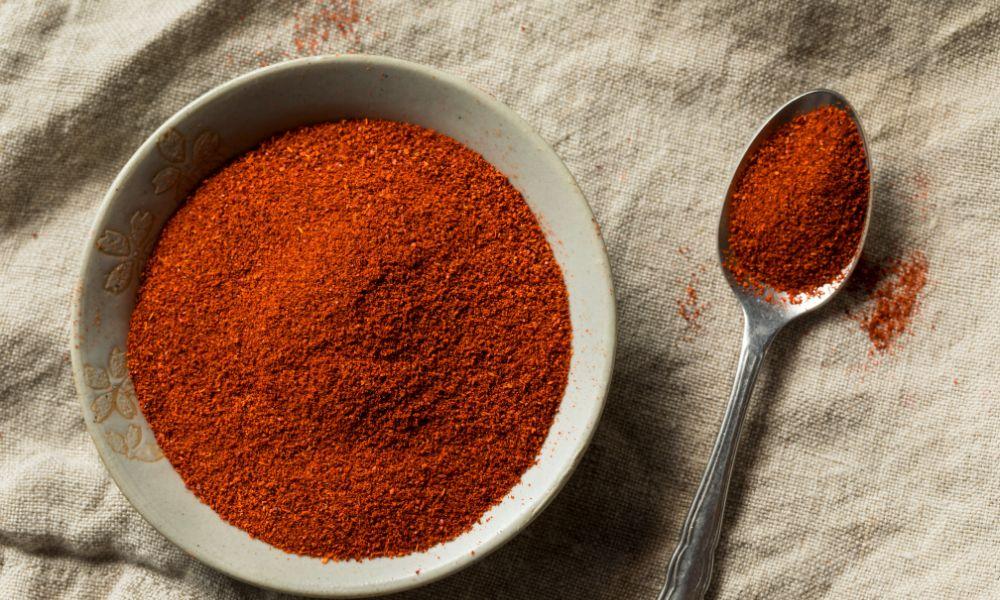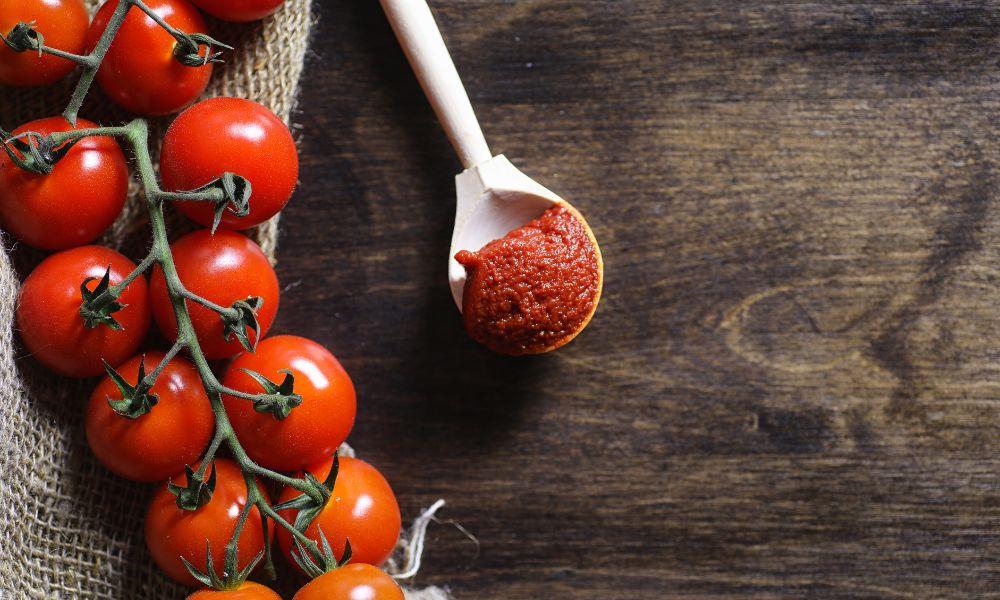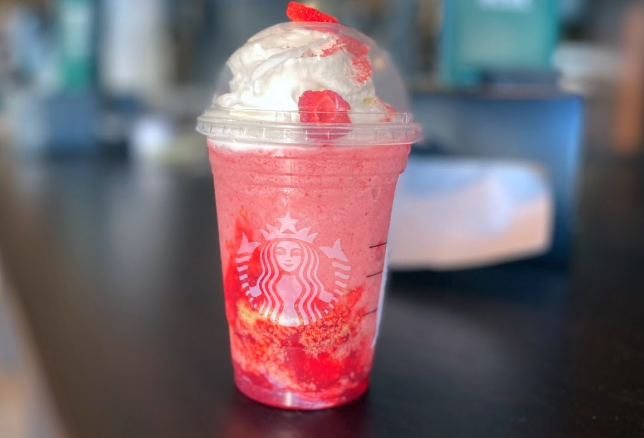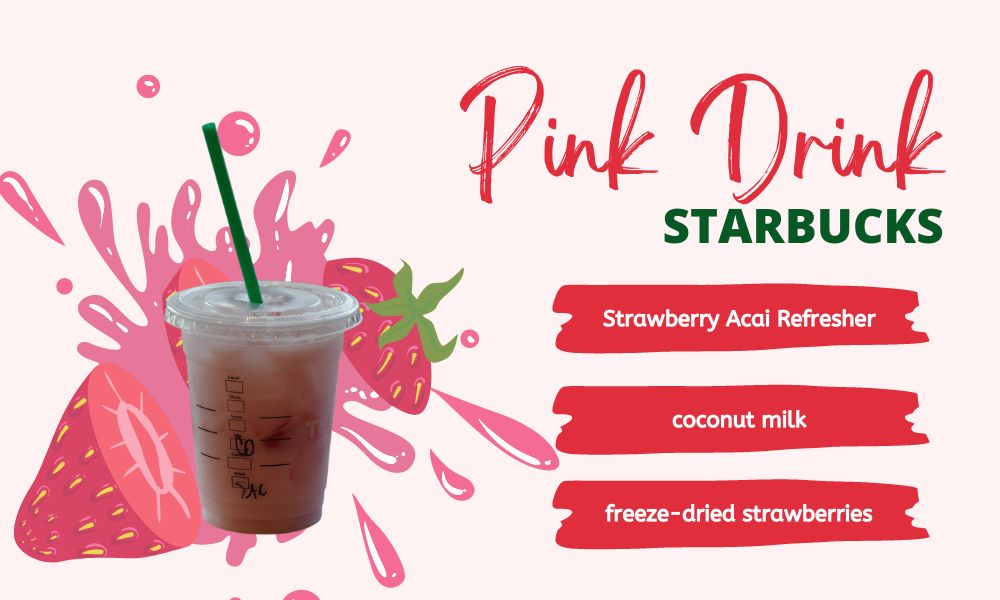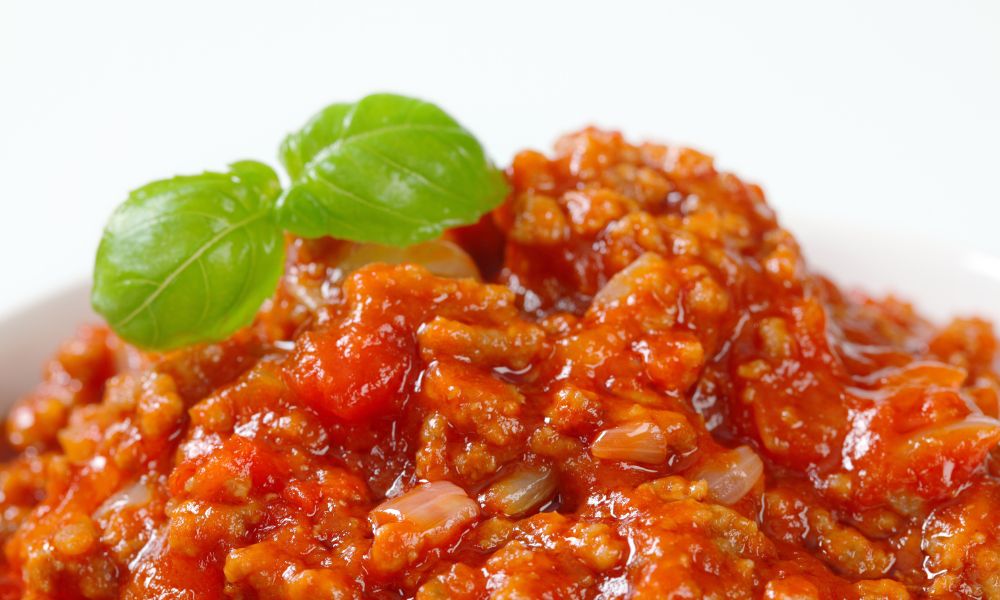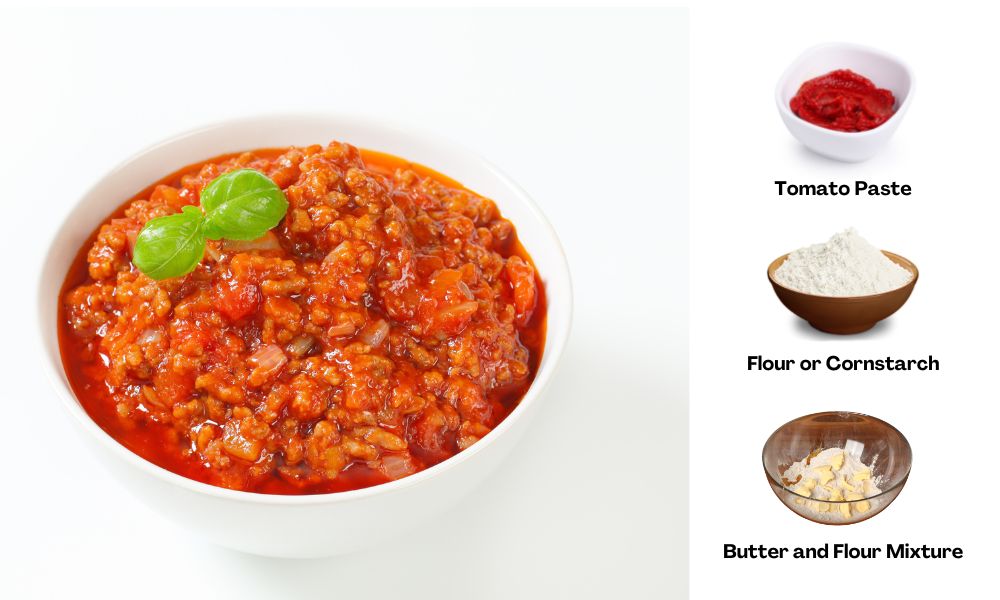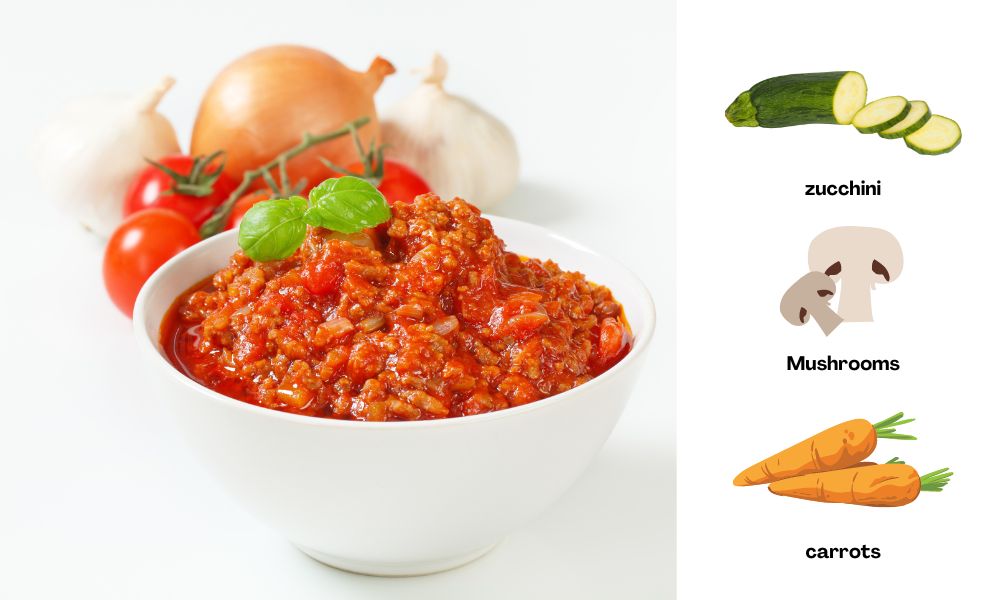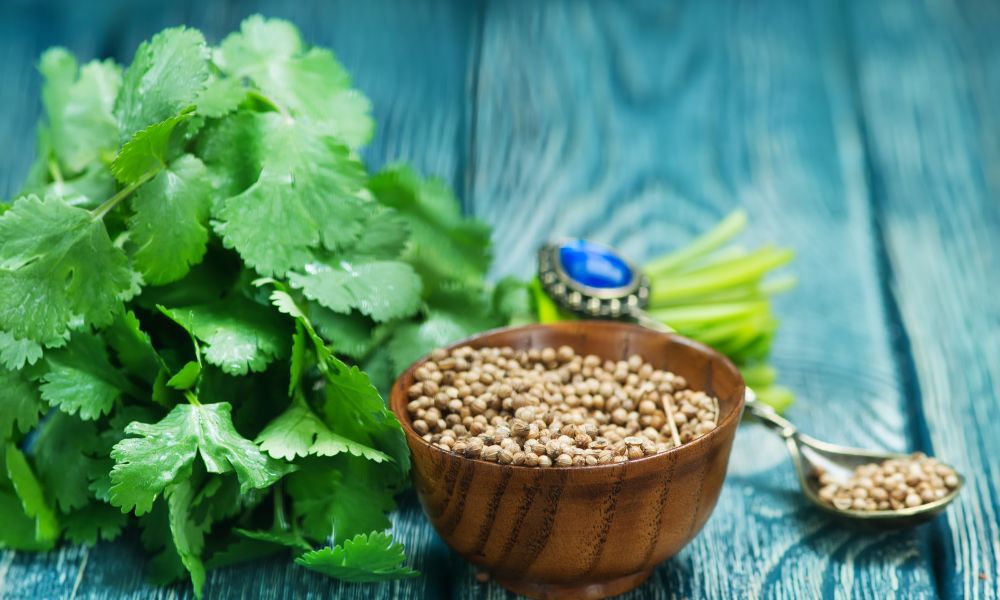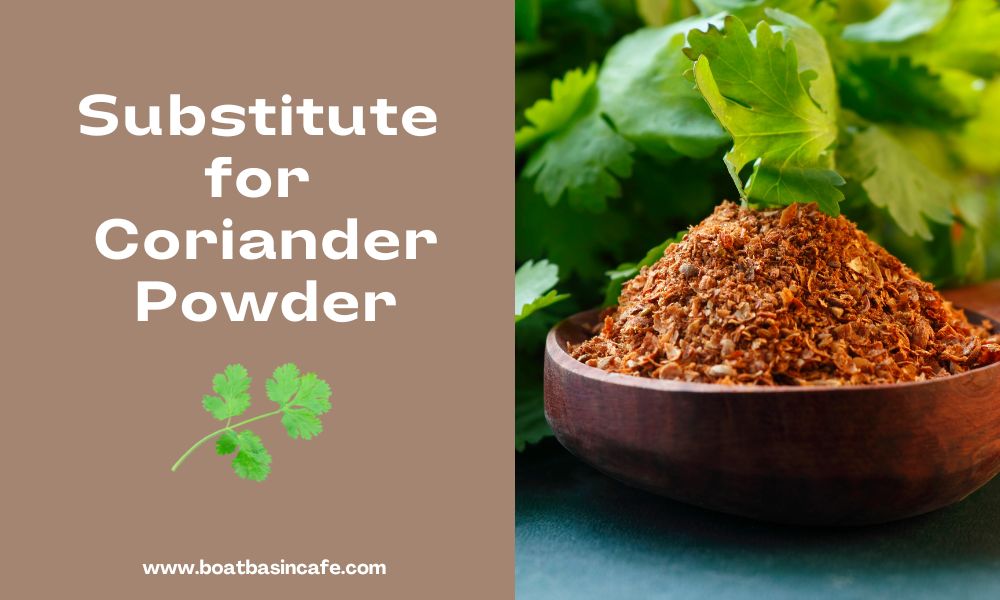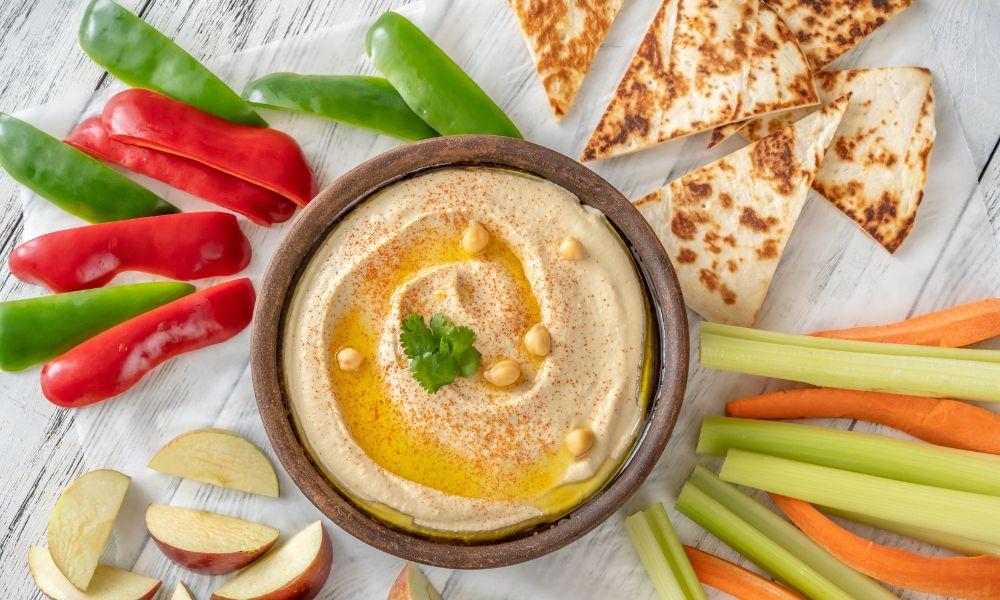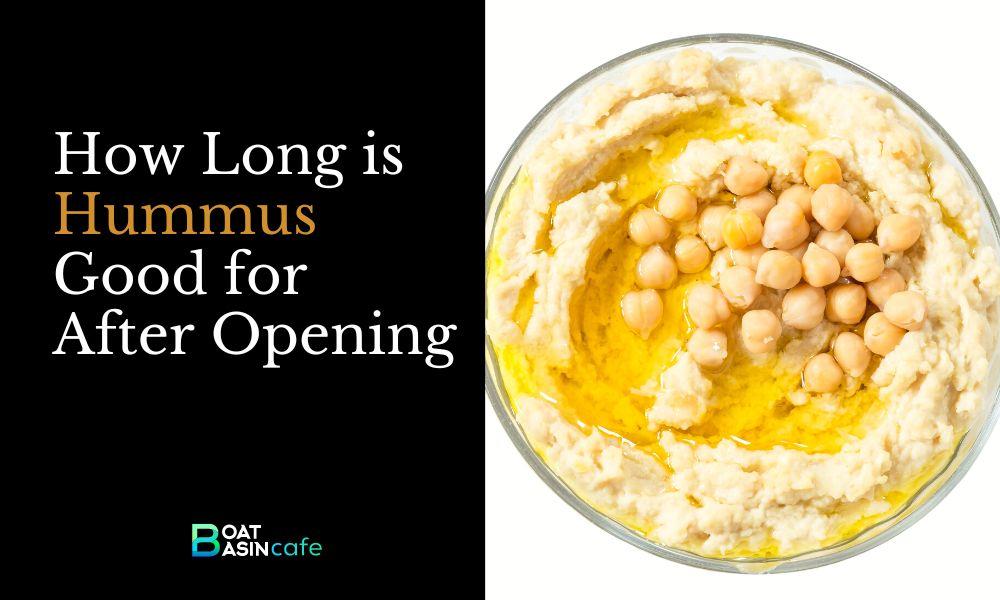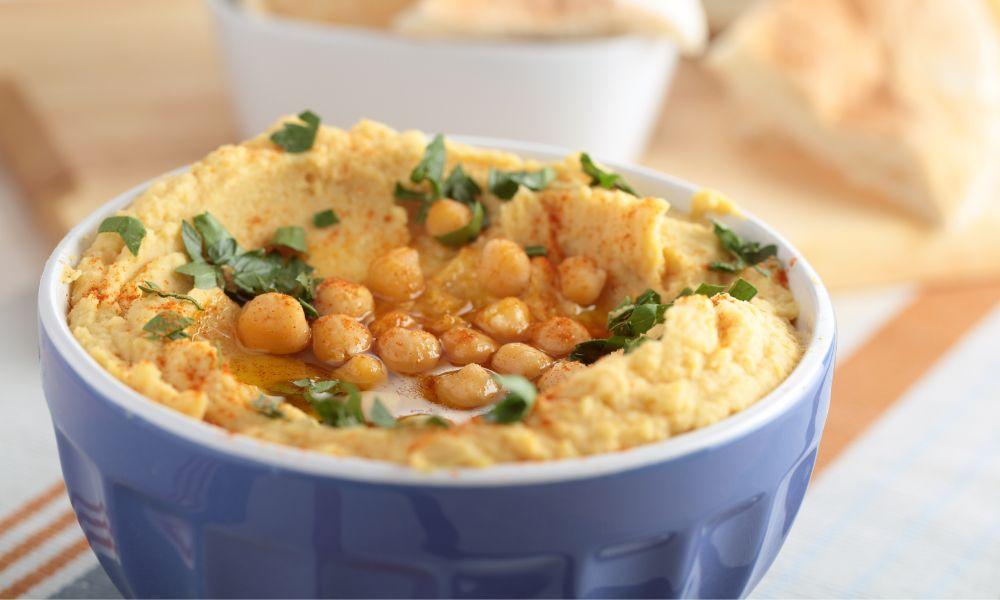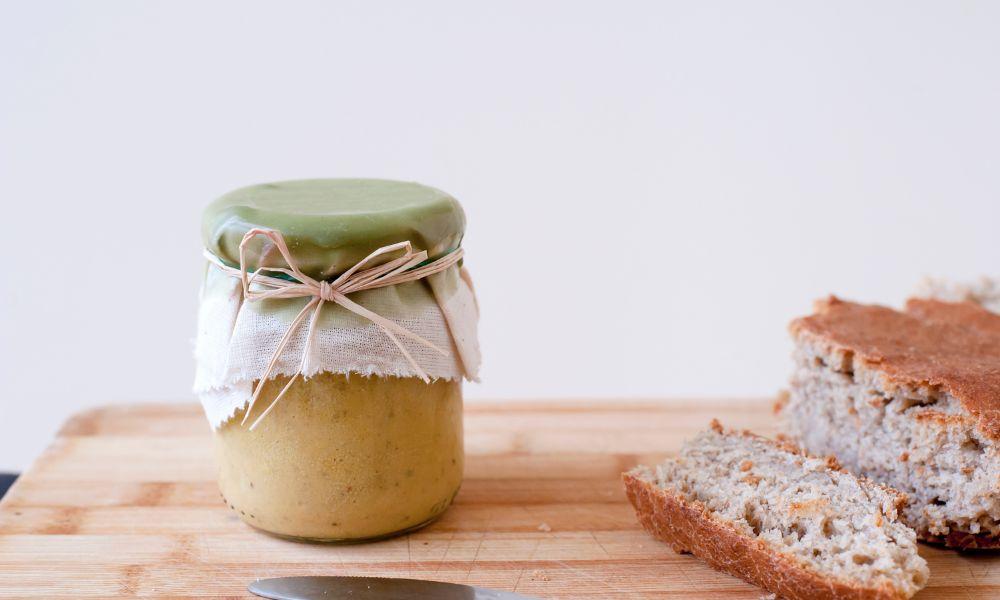Canned coconut milk in coffee has become increasingly popular in recent years as a delicious and healthy alternative to traditional dairy milk. From its unique flavor profile to its numerous health benefits, canned coconut milk is an excellent addition to your coffee routine.
In this comprehensive guide, we’ll explore the world of canned coconut milk and its use in coffee, along with helpful tips and recipes to elevate your coffee experience.
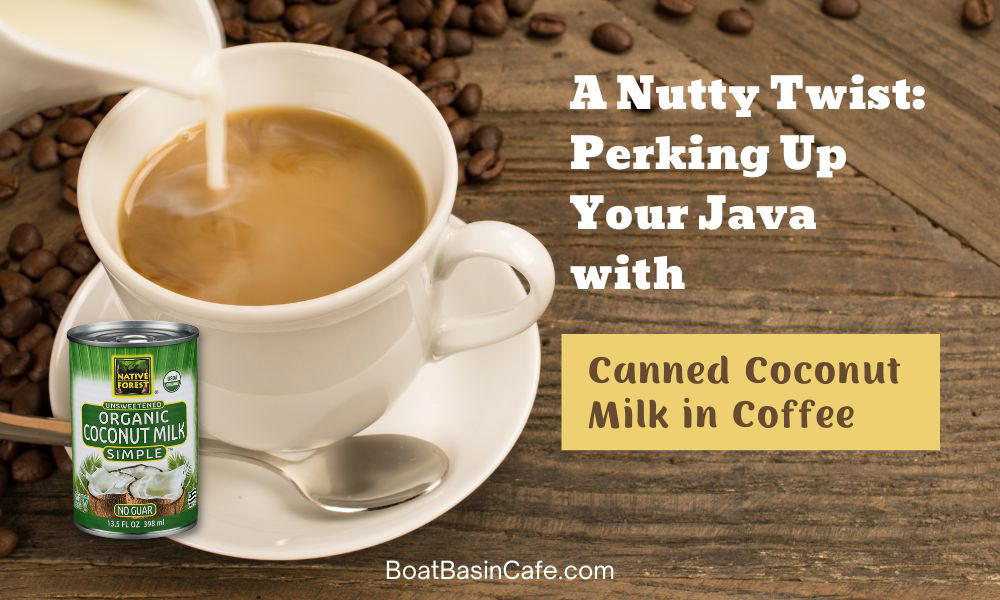
The Rising Trend of Using Canned Coconut Milk in Coffee
The use of canned coconut milk in coffee has surged due to growing awareness of its health benefits and its compatibility with various dietary restrictions. As more people seek dairy-free, vegan, and lactose-free alternatives, canned coconut milk has emerged as a popular choice in cafes and households alike.
Health Benefits and Taste Profile of Coconut Milk
Coconut milk is a rich source of healthy fats, specifically medium-chain triglycerides (MCTs), which may promote weight loss and support brain function. It is also high in vitamins and minerals, including vitamin C, magnesium, and potassium. The taste of coconut milk is slightly sweet and nutty, with a creamy texture that complements the bold flavors of coffee.
What is Canned Coconut Milk?

The Extraction Process of Coconut Milk
Coconut milk is produced by grating the white, fleshy part of the coconut, called the “meat,” and then soaking it in water. The resulting mixture is squeezed or pressed to extract the thick, creamy liquid known as coconut milk.
Difference between Canned and Fresh Coconut Milk
Canned coconut milk is a convenient option for those who don’t have access to fresh coconuts or prefer the longer shelf life. It undergoes a pasteurization process, which extends its shelf life and ensures it is free from bacteria. Fresh coconut milk, on the other hand, is made by extracting the milk directly from fresh coconuts and has a shorter shelf life.
Types of Canned Coconut Milk: Full-fat vs. Low-fat
There are two main types of canned coconut milk: full-fat and low-fat. Full-fat coconut milk contains the natural amount of fat found in the coconut, while low-fat options have some of the fat removed. Full-fat coconut milk is creamier and richer in taste, making it a popular choice for use in coffee.
Benefits of Using Canned Coconut Milk in Coffee
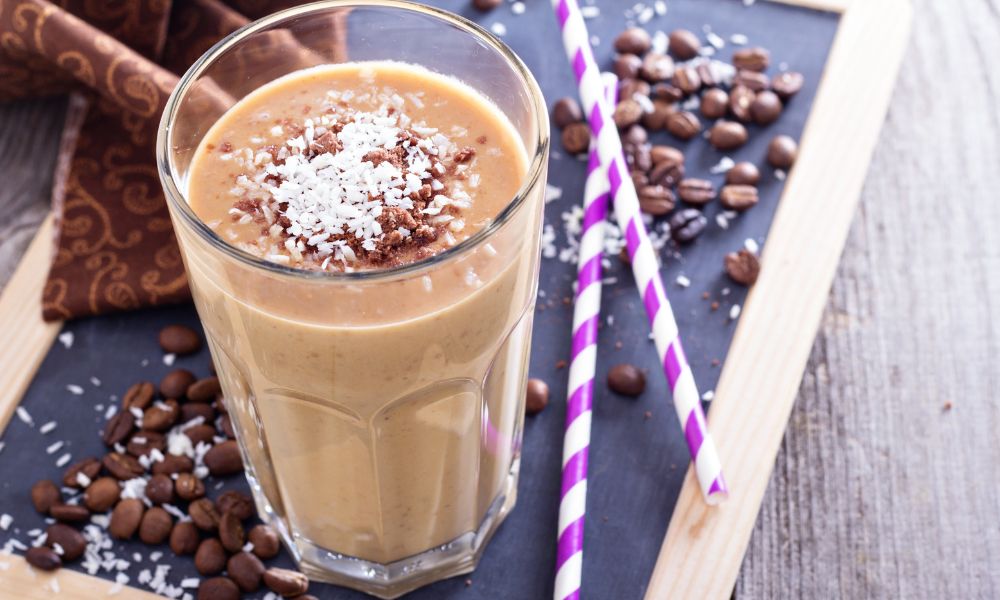
Dairy-free Alternative for Lactose-intolerant Individuals
Canned coconut milk is a fantastic option for those who are lactose intolerant or have a sensitivity to dairy products. It provides a similar creaminess to dairy milk without causing any digestive discomfort.
Rich in Healthy Fats and Nutrients
As mentioned earlier, coconut milk is a great source of MCTs, vitamins, and minerals, making it a nutritious addition to your coffee.
Vegan-friendly Option
Canned coconut milk is a plant-based milk alternative, which makes it suitable for vegans and those following a plant-based diet.
Unique Flavor Profile
The slightly sweet, nutty, and creamy taste of canned coconut milk adds a delicious twist
to your coffee, enhancing the overall flavor and offering a refreshing change from traditional dairy milk.
How to Choose the Best Canned Coconut Milk for Coffee
Identifying High-quality Coconut Milk Brands
To find the best canned coconut milk for coffee, look for reputable brands with positive reviews and a commitment to quality ingredients. My favorite band is Native Forest, organic and non-GMO canned coconut milk. Their coconut milk is ethically sourced and has a smooth, creamy texture that works well in coffee drinks.
Factors to Consider: Ingredients, Consistency, and Flavor
When selecting canned coconut milk, pay attention to the ingredients, consistency, and flavor. Look for options that contain minimal additives and preservatives, as these can impact the taste and quality of the milk. Additionally, consider the consistency, as a thicker, creamier coconut milk will provide a richer coffee experience. Finally, opt for coconut milk with a flavor profile that suits your personal taste preferences.
Tips for Reading Labels and Nutritional Information
Carefully read the labels and nutritional information on the cans. Look for coconut milk with a high percentage of coconut extract, as this indicates a higher quality product. Be mindful of added sugars or artificial sweeteners, as these can affect the taste and health benefits of the milk.
How to Properly Store Canned Coconut Milk
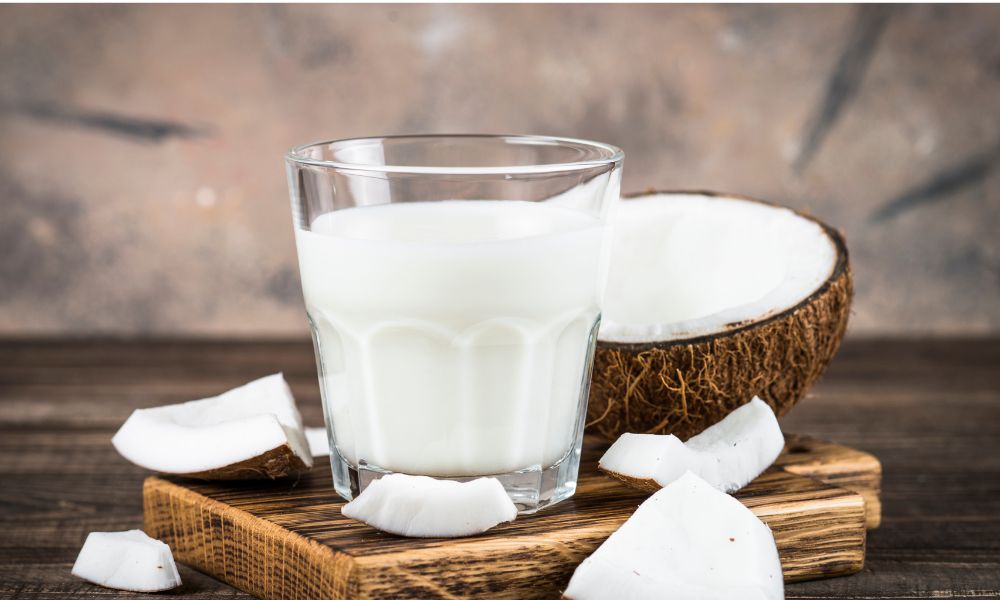
Proper storage is crucial when it comes to maintaining the quality and freshness of canned coconut milk. To ensure you’re getting the best taste and nutritional value, it’s essential to understand the right storage methods for both unopened and opened cans of coconut milk.
In this section, we’ll discuss shelf life, storage conditions, and how to tell if your canned coconut milk has gone bad. Plus, you can learn more about freezing coconut milk here.
Unopened Cans: Shelf Life and Storage Conditions
An unopened can of coconut milk typically has a shelf life of 12-18 months from the date of production. Be sure to check the expiration or “best by” date printed on the can. Store unopened cans of coconut milk in a cool, dry place, away from direct sunlight and heat. A pantry or kitchen cupboard is usually ideal for this purpose.
Opened Cans: Refrigeration and Storage Tips
Once you’ve opened a can of coconut milk, it’s essential to transfer the unused portion to an airtight container and store it in the refrigerator. Properly stored, opened canned coconut milk can last 4-6 days in the fridge.
If you’re unsure whether you’ll use the remaining coconut milk within this time frame, consider freezing it for later use. Click here to learn more about freezing coconut milk and tips for doing it effectively.
How to Tell If Canned Coconut Milk Has Gone Bad
It’s essential to recognize the signs of spoiled coconut milk to avoid consuming it. Here are some indicators that your canned coconut milk has gone bad:
- Off smell: If the coconut milk has a sour, rancid, or otherwise unpleasant odor, it’s likely spoiled and should not be consumed.
- Mold or discoloration: Visible mold or an unusual color is a sure sign that the coconut milk is no longer safe to use.
- Separation or curdling: While some separation is normal in coconut milk, extreme separation or curdling could indicate spoilage.
- Altered taste: If the coconut milk tastes off, sour, or bitter, it’s best to err on the side of caution and discard it.
To maintain the freshness and quality of your canned coconut milk, always practice proper storage methods and promptly refrigerate any unused portions.
Preparing Canned Coconut Milk for Use in Coffee
Once you’ve properly stored your canned coconut milk, it’s time to prepare it for use in your favorite coffee drinks. Here are some tips for making sure your coconut milk is ready to provide the perfect texture and flavor in your coffee:
Shaking the Can Before Opening
Before opening a can of coconut milk, give it a good shake. Coconut milk tends to separate, with the thicker cream rising to the top and the liquid settling at the bottom. Shaking the can helps to mix these two components, ensuring a consistent texture and flavor.
Blending the Coconut Milk for a Smoother Texture
For a smoother, creamier texture, consider blending your coconut milk before adding it to your coffee. Using a hand blender or a regular blender, blend the coconut milk for a few seconds to create a more homogeneous consistency. This can be especially helpful when using full-fat coconut milk, as it tends to have a thicker texture.
Heating the Coconut Milk for Hot Coffee Beverages
If you’re using canned coconut milk in hot coffee drinks, it’s best to heat it slightly before adding it to your coffee. You can do this by microwaving the coconut milk in a microwave-safe container for 30-45 seconds, or by heating it gently in a saucepan on the stove. Be careful not to overheat the coconut milk, as it can curdle when exposed to high temperatures.
For the perfect frothy texture in your hot coffee drinks, consider using a milk frother to aerate the coconut milk before adding it to your coffee. Check out these best milk frother reviews for recommendations on selecting the right frother for your needs.
Barista Tips for Perfect Coconut Milk Coffee

To make the most out of your canned coconut milk coffee experience, follow my tips for achieving the perfect taste and presentation:
Frothing Canned Coconut Milk for a Creamy Texture
To create a creamy, velvety texture in your coconut milk coffee, froth the coconut milk before adding it to your coffee. You can use a handheld milk frother, an electric frother, or a steam wand on an espresso machine. Make sure to heat the coconut milk slightly before frothing, as cold milk doesn’t froth as well. For recommendations on milk frothers, check out these best milk frother reviews.
Balancing Coffee Strength and Coconut Milk Ratio
Finding the right balance between coffee strength and the amount of coconut milk is crucial for a delicious coconut milk coffee. Too much coconut milk can overpower the coffee flavor, while too little can leave the drink lacking in creaminess. Start with a 1:1 ratio of coffee to coconut milk and adjust to taste. You may need to use stronger coffee or adjust the brewing method to achieve the desired flavor balance.
Creating Latte Art with Coconut Milk
Though slightly trickier than using dairy milk, it’s still possible to create beautiful latte art with canned coconut milk. Make sure to froth the coconut milk to achieve a creamy, microfoam texture. The key to creating latte art with coconut milk is to pour slowly and steadily, allowing the frothed milk to interact with the coffee’s crema. It may take some practice, but with patience and persistence, you can create visually stunning coconut milk coffee beverages.
Don’t be afraid to experiment with different pouring techniques and patterns. As you gain more experience working with coconut milk, you’ll develop a better understanding of how it behaves in comparison to traditional dairy milk, ultimately mastering the art of creating beautiful latte art with canned coconut milk.
Nutritional Comparison: Canned Coconut Milk vs. Other Milk Alternatives
| Milk Alternative | Calories | Fat (g) | Saturated Fat (g) | Carbohydrates (g) | Sugars (g) | Protein (g) |
|---|---|---|---|---|---|---|
| Canned Coconut Milk | 230 | 24 | 21 | 3 | 2 | 2 |
| Almond Milk | 17 | 1.5 | 0.1 | 0.6 | 0.3 | 0.7 |
| Soy Milk | 54 | 2.5 | 0.4 | 2.9 | 1.0 | 6.3 |
| Oat Milk | 46 | 1.4 | 0.1 | 8.3 | 4.1 | 0.7 |
| Rice Milk | 47 | 1.0 | 0.1 | 9.2 | 4.2 | 0.3 |
As seen in the table, each milk alternative offers a different nutritional profile. Canned coconut milk has a higher calorie, fat, and saturated fat content compared to the other alternatives, making it a rich and indulgent choice for coffee beverages. On the other hand, almond milk, soy milk, oat milk, and rice milk have lower calorie and fat contents, making them suitable options for those looking for a lighter alternative.
Conclusion
As a coffee expert, I’ve come to appreciate the incredible benefits and versatility that canned coconut milk brings to the world of coffee. It offers a dairy-free, vegan-friendly option with a distinct taste and texture, opening up a whole new realm of possibilities for coffee enthusiasts.
I personally encourage you to dive into the world of coconut milk coffee creations and start experimenting with different recipes and techniques. From my own experience, I’ve found that this tropical ingredient can truly elevate your favorite beverages, creating unique and delightful flavor profiles.


